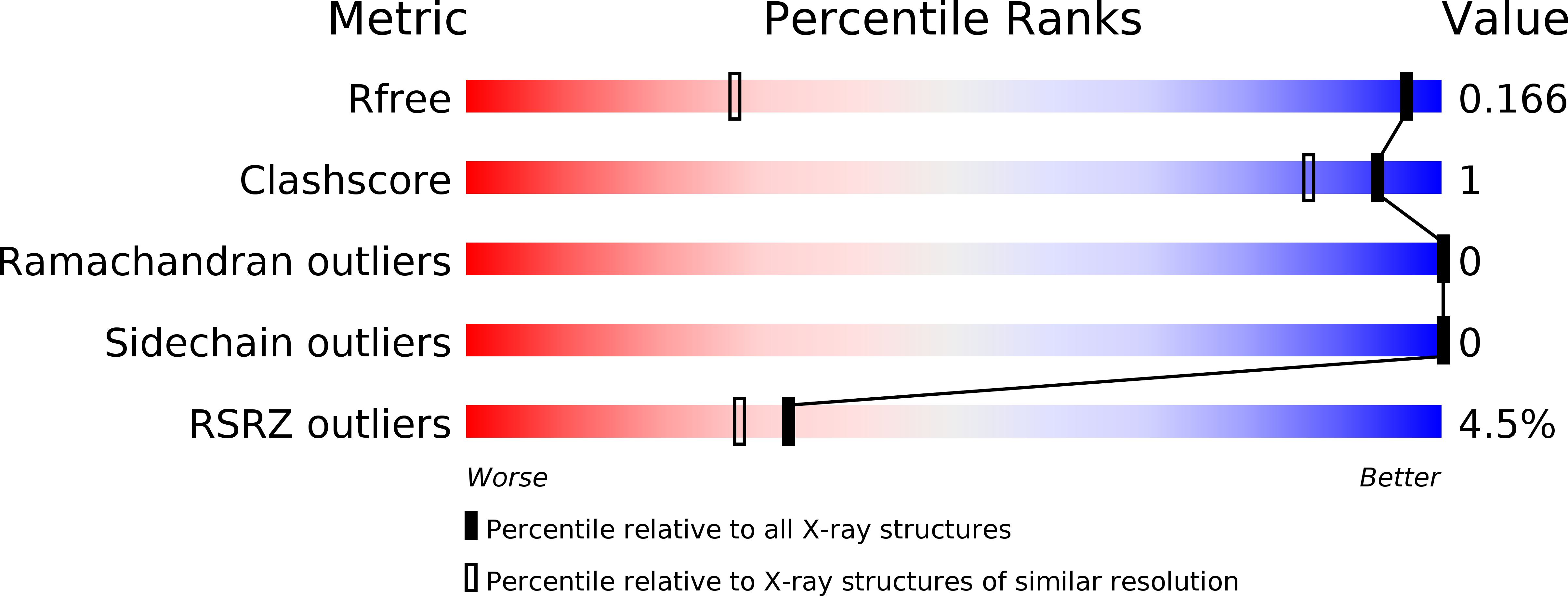
Deposition Date
2018-07-03
Release Date
2018-10-10
Last Version Date
2024-05-15
Entry Detail
PDB ID:
6GZ8
Keywords:
Title:
First GerMN domain of the sporulation protein GerM from Bacillus subtilis
Biological Source:
Source Organism:
Bacillus subtilis subsp. subtilis str. 168 (Taxon ID: 224308)
Host Organism:
Method Details:
Experimental Method:
Resolution:
1.00 Å
R-Value Free:
0.15
R-Value Work:
0.13
R-Value Observed:
0.13
Space Group:
P 21 21 21


